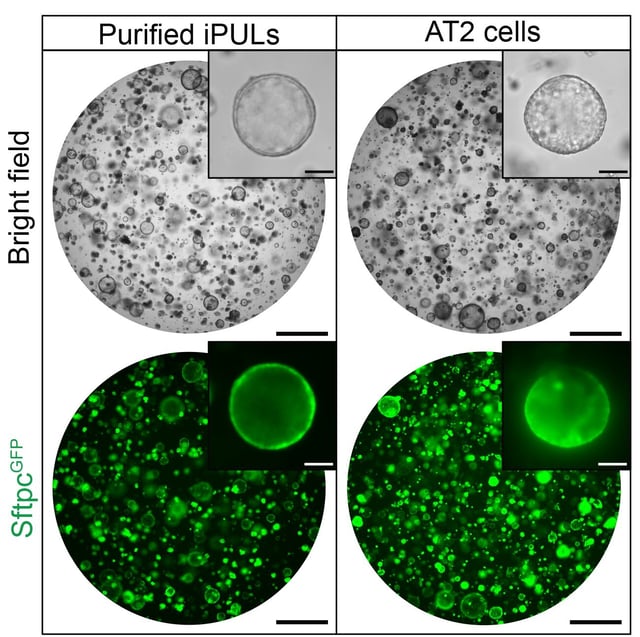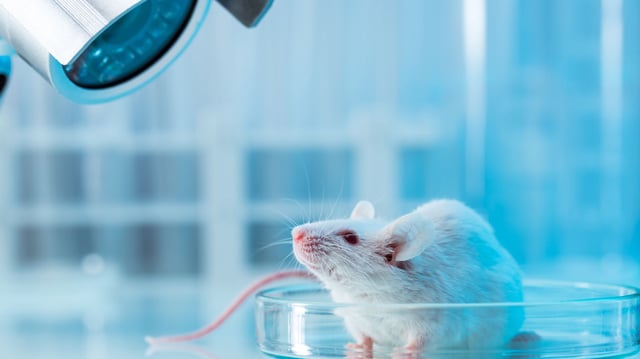Overview
- Researchers introduced four transcription factors—Nkx2-1, Foxa1, Foxa2 and Gata6—to directly convert mouse fibroblasts into induced pulmonary epithelial-like cells within 7–10 days.
- Purified iPULs formed lamellar body-like structures and exhibited gene expression profiles closely matching those of native alveolar epithelial type 2 cells.
- When transplanted into mice with interstitial pneumonia, the reprogrammed cells engrafted in alveolar regions and differentiated into AT1-like cells 42 days later.
- Bypassing iPSC stages cuts cell production time, lowers tumorigenesis and immune rejection risks, and offers a path to autologous regenerative approaches.
- Teams at Nagoya University and Keio University are now adapting the technique to human fibroblasts to develop patient-specific treatments for severe lung diseases.

